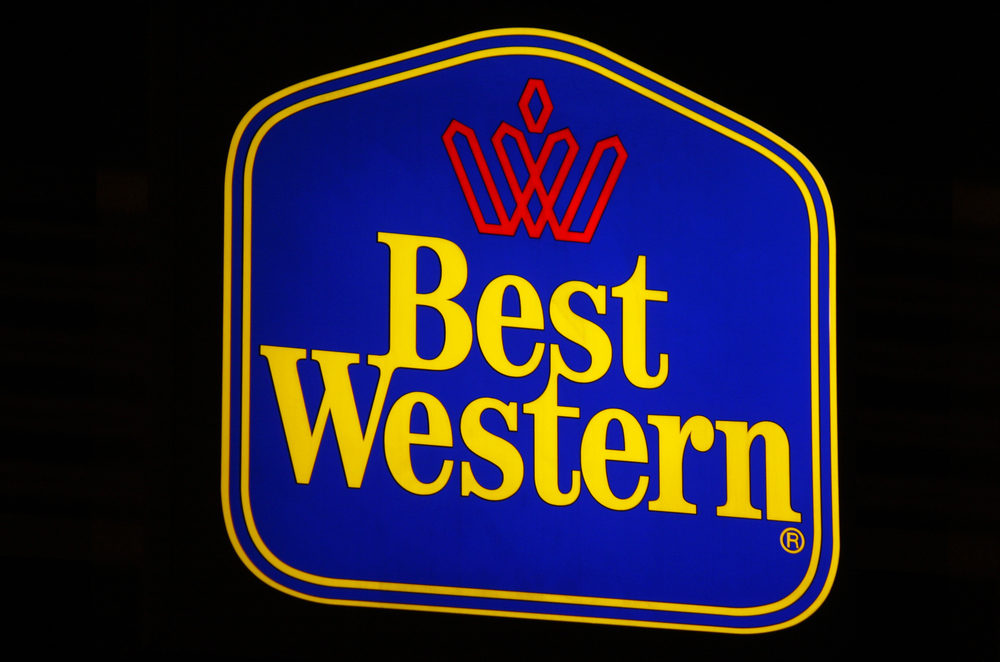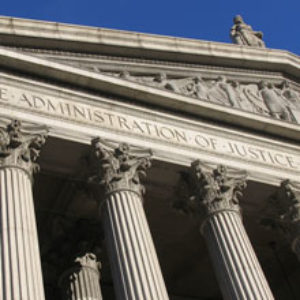Carbon Monoxide Lawsuit Filed Over Best Western Hotel Gas Leak

After suffering carbon monoxide poisoning at a hotel in Pennsylvania, a New York couple has filed a lawsuit against Best Western and Premier Hotel Management alleging that the building was unsafe and lacked adequate safety equipment.
The complaint (PDF) was filed by Julie and Keith Nutt on January 4, in the U.S. District Court for the Middle District of Pennsylvania.
The couple indicates that they suffered severe and permanent injuries from a carbon monoxide leak while staying at the Best Western Hotel in Dunmore, Pennsylvania on August 24, 2014.

Learn More About
Exposure to Carbon Monoxide Gas May Cause Permanent Brain Damage, Serious Injury or Death.
Learn More SEE IF YOU QUALIFY FOR COMPENSATIONAs a result of exposure to carbon monoxide gas that leaked into their room, Julie Nutt fell unconscious and her husband called emergency responders, who found the couple laying in the hallway near room 222, where they had stayed for two nights.
First responders detected carbon monoxide levels of 80 parts per million (PPM) in the room, even though the door had been open for some time. A sweep of the hotel resulted in some readings as high as 300 ppm, which can cause permanent brain damage after prolonged exposure. A utility room next to room 222 was later determined be the source of the carbon monoxide leak.
After detecting the toxic gas, the 200 guests at the hotel were evacuated and the Nutts were transported to a nearby hospital. As a result of her carbon monoxide injury, Julie Nutt had to undergo three hyperbaric treatments and indicates that she has been left with long-term injuries.
“On August 25, 2014 the hotel was permanently closed because it was determined to be unsafe due to the fact that it lacked adequate protection from fire and it contained unsafe equipment,” the lawsuit indicates. “Specifically, it was determined that the pool heater exhaust system was totally rusted out and not connected, the gas hot water exhaust system for the kitchen was rusted out and not connected to the chimney properly, and the room connecting the hot water heater had approximately 12 inches of water located in it and was not draining properly.”
Investigators also found the sprinkler system was in violation and needed repairs as well.
The incident occurred a little more than a year after similar carbon monoxide leak at a Best Western in North Carolina led to the deaths of three people, including Daryl Dean Jenkins, 73, and his wife, Shirley Mae, 72, who died in April 2013. Two months later, Jeffrey Lee Williams, 11, also died in the same room and his mother was severely injured.
That case was tracked back to a pool water heater installed under the room, and the families of the victims have filed carbon monoxide wrongful death lawsuits against Best Western as well.
A month after the incident that injured the Nutts, Best Western announced it will require carbon monoxide detectors in all hotel rooms, which can help individuals detect the presence of the odorless, tasteless and colorless gas before it reaches toxic levels.
Carbon Monoxide Health Risks
Carbon monoxide is a significantly toxic gas that has no irritating factors that can allow someone to detect its presence. As a result, people often fail to promptly recognize symptoms of carbon monoxide, leading to prolonged exposure and causing it to be the leading cause of fatal poisonings in the United States.
According to the U.S. Centers for Disease Control and Prevention, carbon monoxide poisoning kills about 500 people in the U.S. annually, and is linked to about 15,000 emergency room visits. In many cases, the injuries or deaths could have been prevented by the use of carbon monoxide detectors and proper maintenance of heating systems and generators.
Although many states have passed legislation requiring carbon monoxide alarms in rental properties and homes, the hotel carbon monoxide risk remains very high since it is still rare to find detectors in guest rooms.
According to a 2012 report in 2012 by USA Today, at least 170 cases of carbon monoxide poisoning injuries at hotels were identified between 2009 and 2012, including at least 8 deaths.





0 Comments